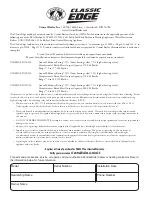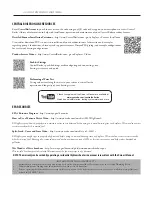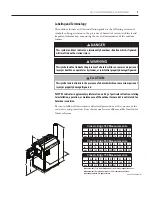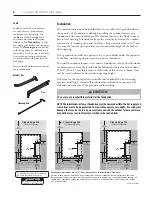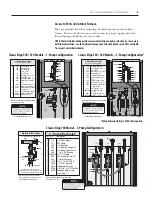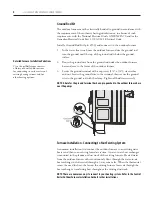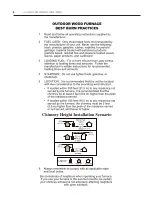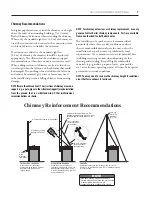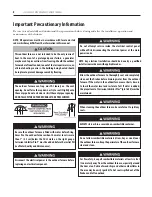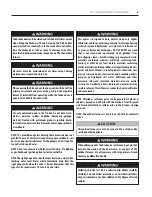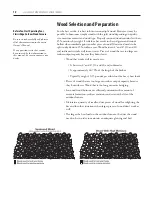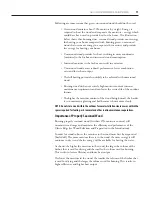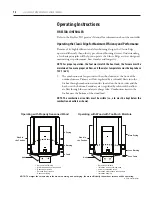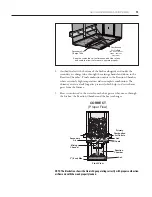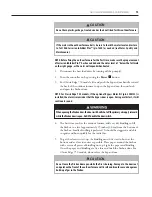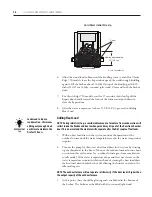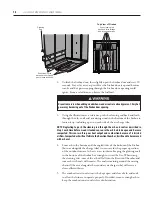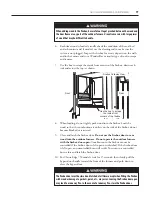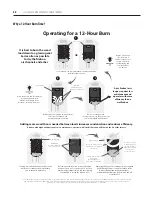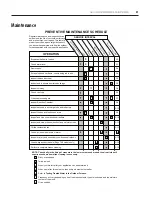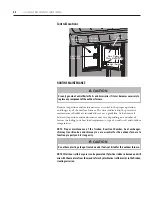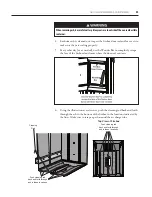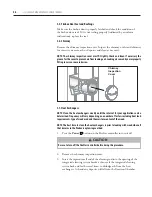
11
CLASSIC EDGE OUTDOOR FURNACE • OWNER'S MANUAL
Following are some reasons that green, unseasoned wood should not be used:
• Green wood contains about 50% moisture by weight. Energy is
required to heat the wood and evaporate the moisture - energy which
could have been used to provide heat for the home. The illustration
below shows that burning drier, seasoned wood provides more energy
for heating your home compared with burning green, unseasoned
wood that uses more energy to evaporate the moisture and provides
less energy for heating your home.
• Unseasoned wood provides less heat, resulting in more condensates
(moisture) in the firebox and increased wood consumption.
• Increased moisture in the firebox can result in corrosion.
• Unseasoned wood causes reduced performance, lower combustion
rates and lower heat output.
• The full heating potential is unlikely to be achieved with unseasoned
wood.
• Burning wood with an excessively high moisture content increases
maintenance requirements and can lower the service life of the outdoor
furnace.
• The higher the moisture content of the wood being burned, the harder
it is to maintain a glowing coal bed because it burns more slowly.
NOTE: Do not store wood within the outdoor furnace installation clearances or within the
spaces required for fueling, ash removal and other routine maintenance operations.
Importance of Properly Seasoned Wood
Burning properly seasoned wood (less than 25% moisture content) will
minimize wood usage and maximize the efficiency and performance of the
Classic Edge (see Wood Selection and Preparation in the Introduction).
In order for wood to burn, the moisture in the wood must first be evaporated
(boiled off). The more moisture there is in the wood, the more energy it will
consume to dry it and the less energy will be available for heating the water.
As shown, the higher the moisture in the wood, the larger the volume of the
firebox that is used for drying and the smaller the volume used for burning.
This results in lower efficiency and lower heat output.
The lower the moisture in the wood, the smaller the volume of the firebox that
is used for drying and the larger the volume used for burning. This results in
higher efficiency and higher heat output.


